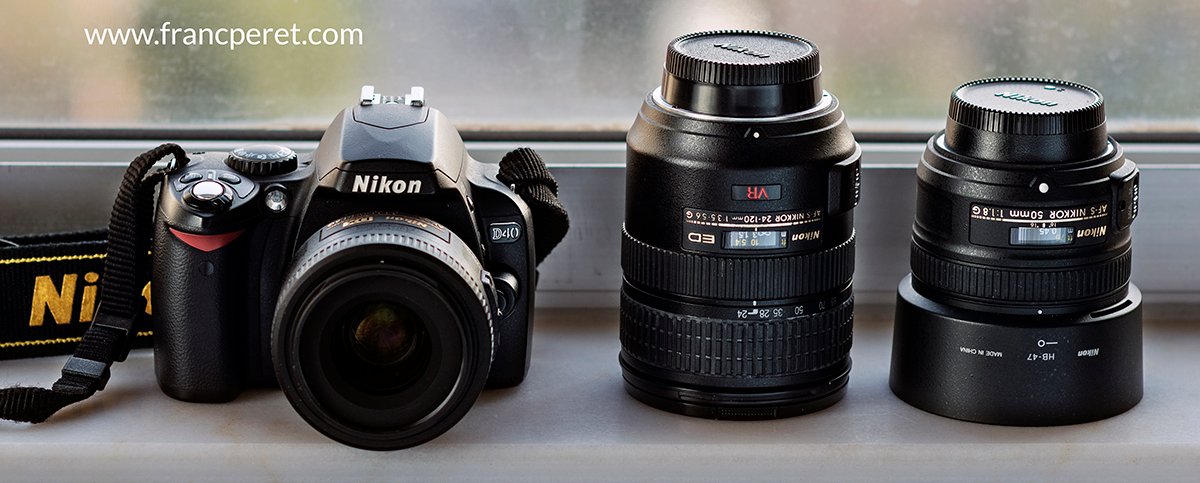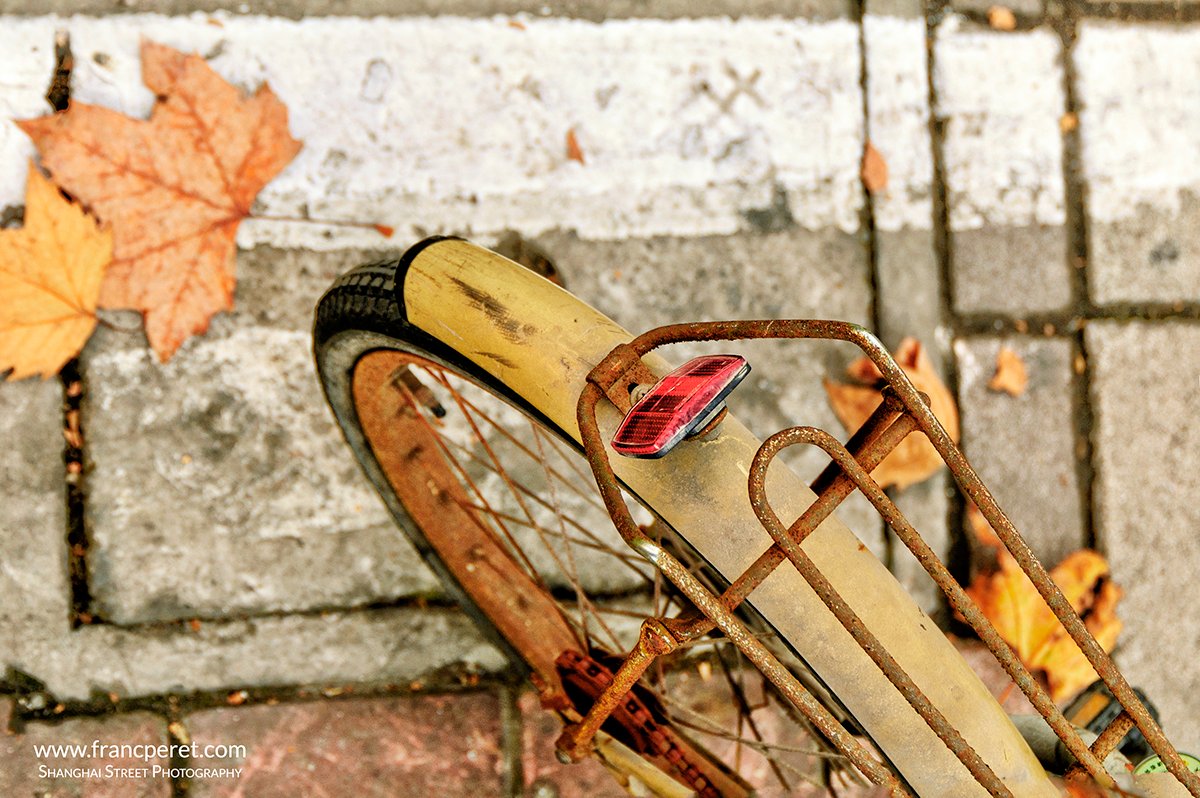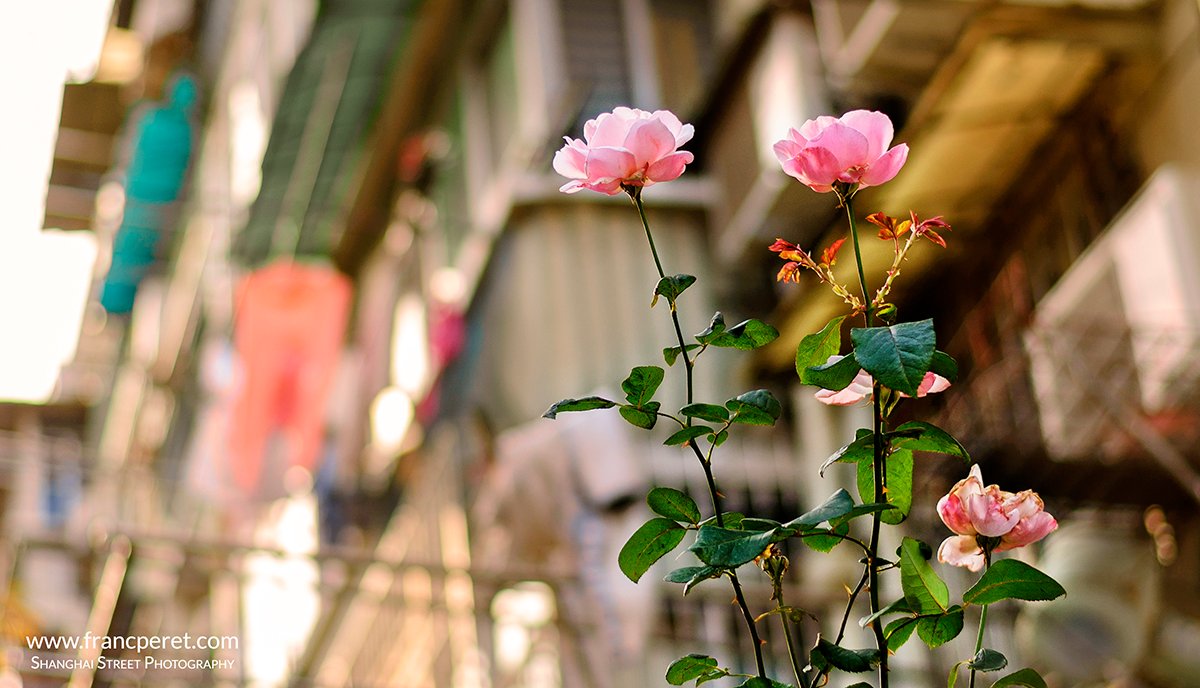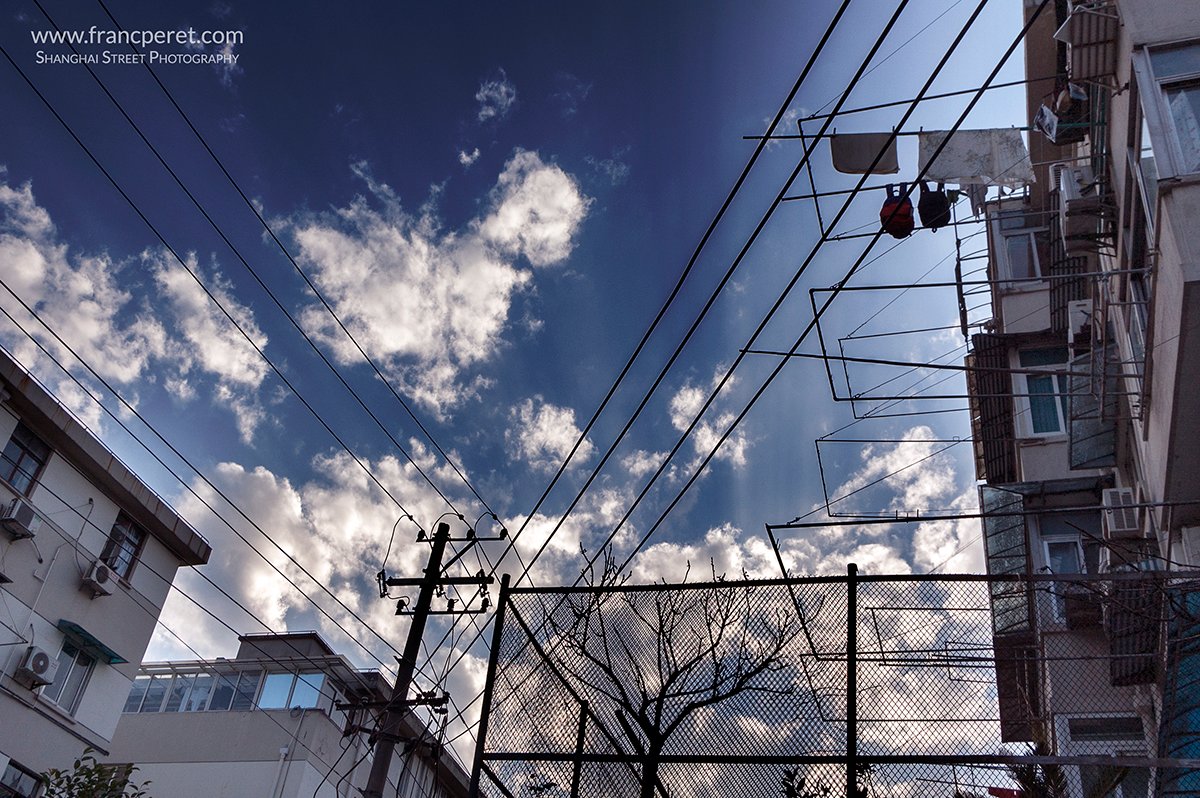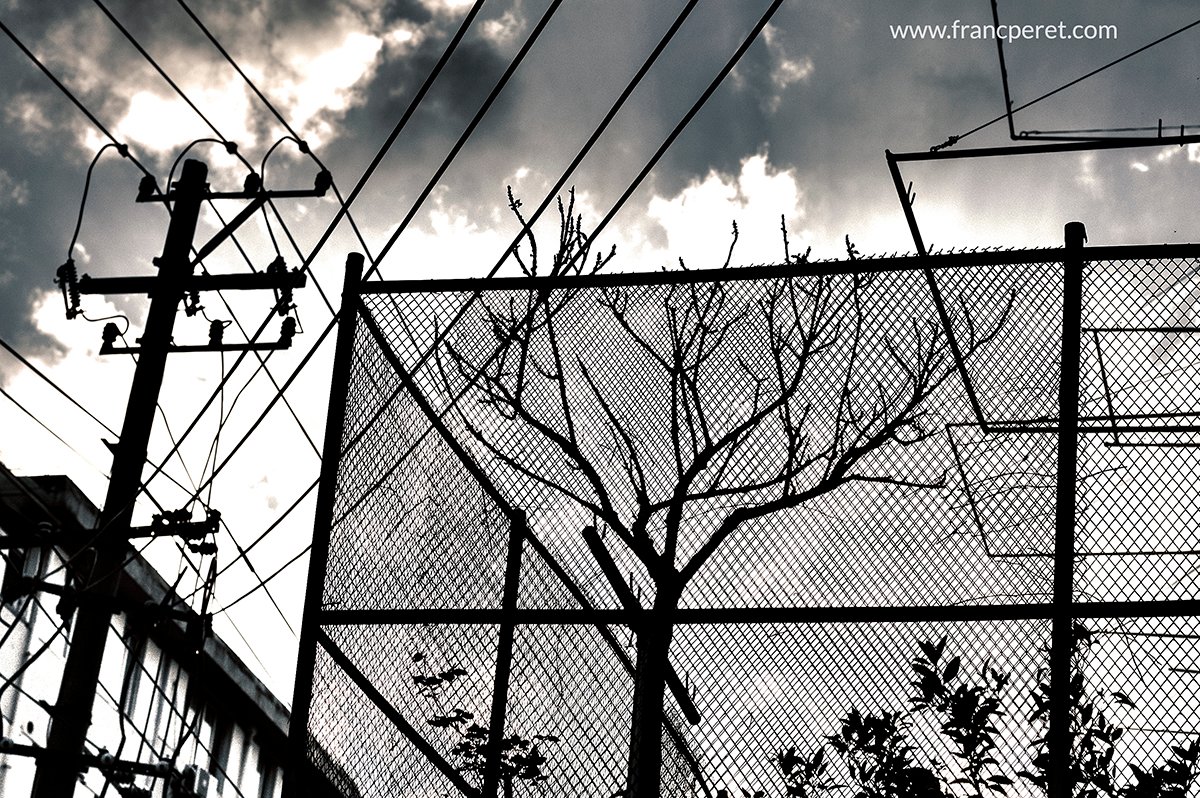
Nikon D40 – CCD Glory
I am used to my cameras and when I buy a new one, it is very rare I am selling the older model. I am keeping them all and sometime, I am going out with one of them for shooting.
By Franc Peret (Nikon D40)
I also do not sell most of my older camera as they have little commercial value which cannot compete against the sentimental value they get for me.
But I don’t like to see those “antic” glories inactive too long, so when weather is fine and I am willing to take a walk, I pick up one of them for a couple of hours and shoot around my home in Shanghai.
This habit is interesting and I am always learning something from it.
Cameras are becoming more and more sophisticated, endlessly breaking new records of resolution (number of pixels) and High ISO value (something I barely use).
Thus, that day, I went out, for less than a couple of hours, with a 8 years old camera, a Nikon D40, a very compact and simple DX model I bought second hand (almost new) for less than 200 USD.
This light model (which is the ancestor of the actual D5300) gets only 6 millions pixels (my newer model packs 36 millions pixels) a small viewfinder and few lines in the menu.
Its base ISO is 200 and I shot all my pictures at that value, despite the change in lighting situation.
It didn’t bother me that the day was ending as I carried 2 Prime lenses with a max aperture of f1.8 to compensate for the growing ambient darkness at the end of the session.
I love this camera for its compactness and its simple sensor, which a CCD and not a CMOS.
CCD are rarely used nowadays and they disappeared from photography camera production due to their higher cost.
To my eyes, their big advantage was color rendition, with natural and vivid jpg straight out of the camera.
All my newest camera are using CMOS and colors often does not look right to me, and pictures need correction in post treatment.
CCD are offering a more organic feel. Also the the lowest resolution is of great help for any lens put on the camera to shine.
Anything I am using on this 6 millions pixel camera will deliver sharp and contrasty results.
Modern cameras are having at least 16 millions pixels.
More resolution means more details to be recorded through the lens and if a lens is not perfect, it can be seen on a file build up with bunch of pixels.
Therefore Few of my older lenses are working perfectly well on my 36 millions pixel Nikon D800, while they are all doing a great job on my previous cameras which had less than 12 millions pixels (D40, D200, D90).
Pixel count and high ISO are 2 “easy to market” considerations that pushed camera makers in some extremes comptetition.
And this is not all good.
Important is the final visual we are recording with the camera, and for my personal use, I don’t need that much resolution as I do not print my images.
My client needs it and it is the main reason of my purchase of a Nikon D800.
With this 36 Millions pixel monster I discovered that the slightest shaking, the slightest mistake in auto focusing or the slightest weakness from a lens resolution would result in a bad pictures.
This is a very demanding camera and its greatness finally limit its usability.
Somehow, I would prefer a modern camera less demanding on that matter to get pleasing result all the time, whatever lens I am using on my camera.
I find this advantage with the Nikon D40 and it is just a pity its viewfinder is not a bit larger and brighter to offer a better vision when I look through. A modern version of this camera would be very successful among photographer like me, who prefer to get a user friendly device which can freed my creativity and deliver great colors at the first place.
For this series of shot I used 3 lenses: Nikon 35mm 1.8G + Nikon 50mm 1.8G and an old zoom: 24-120mm f3.5-5.6G. The 2 prime lens are working very well on the D800 (even the 35mm f1.8G is only a DX lens), but this zoom looks like crap on it. Impossible to get any sharp shot with it even the aperture closed down to f8 or f11.
However, on the D40, it is a great lens, sharp and contrasty wide open, without being too heavy, even it is a FX lens and not a DX one.
Globally, I think that marketing didn’t too good for photography, with the abandon of CCD sensors, too much pixels in resolution and the need to impress customers with incredible high ISO value.
Somehow, the effort were not always put were they should be, on real color accuracy, a more organic feel (images should feel less digital), greater Dynamic range and better balance between existing lenses and newer cameras.
Don’t get me wrong. I am not saying older is better. Great progress had be done, especially on the quality of the viewfinder, the build quality, the price and the offer. New models are coming out much more frequently and they concern new type of cameras. Choice had never been so huge! Overall I am always excited by my newest camera and they do force me to adapt myself which is a very good way to discover new things, to not get bored and to never feel outdated!
Franc is running an Essential Photography Class in Shanghai. Check it Here
